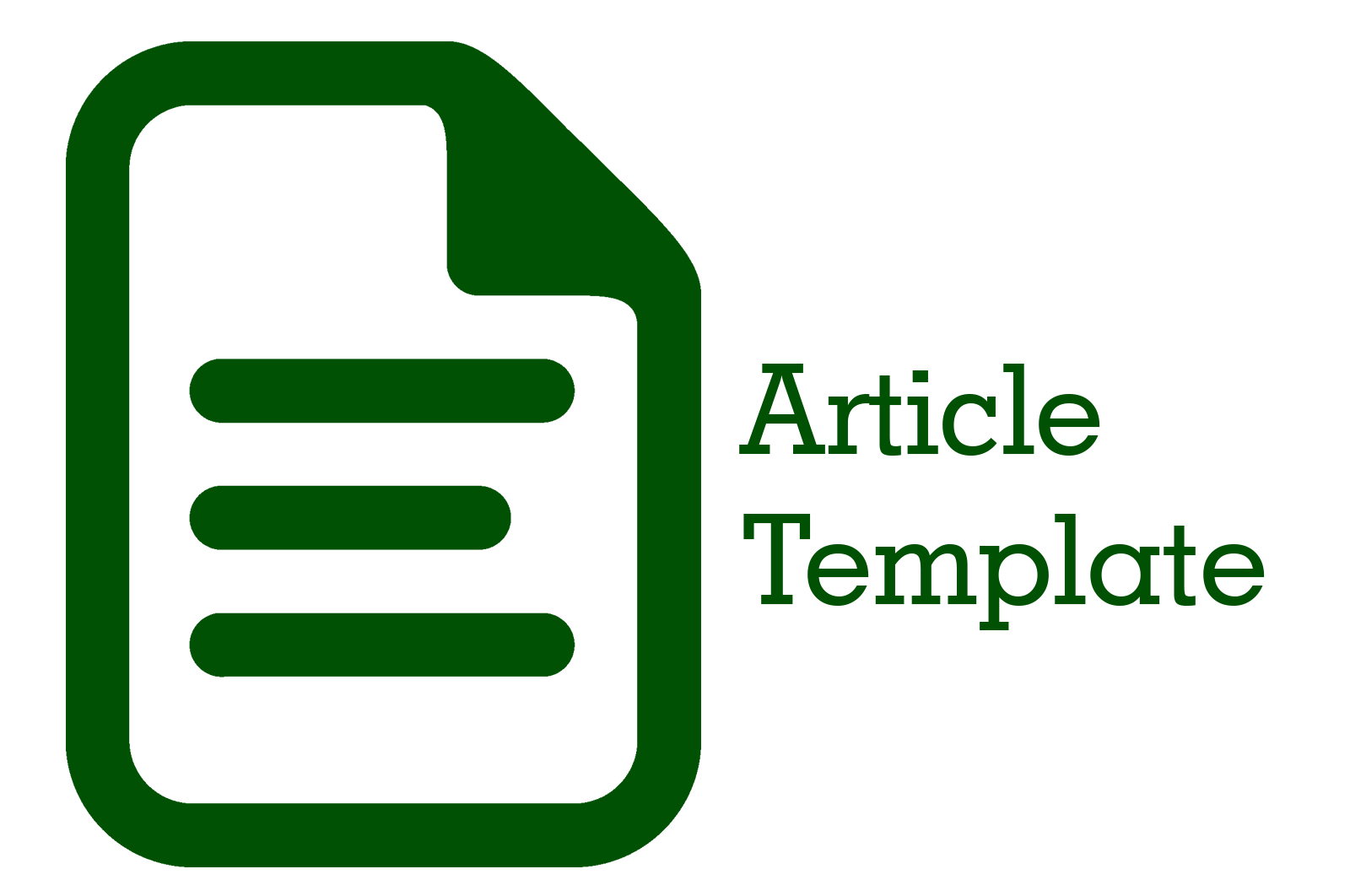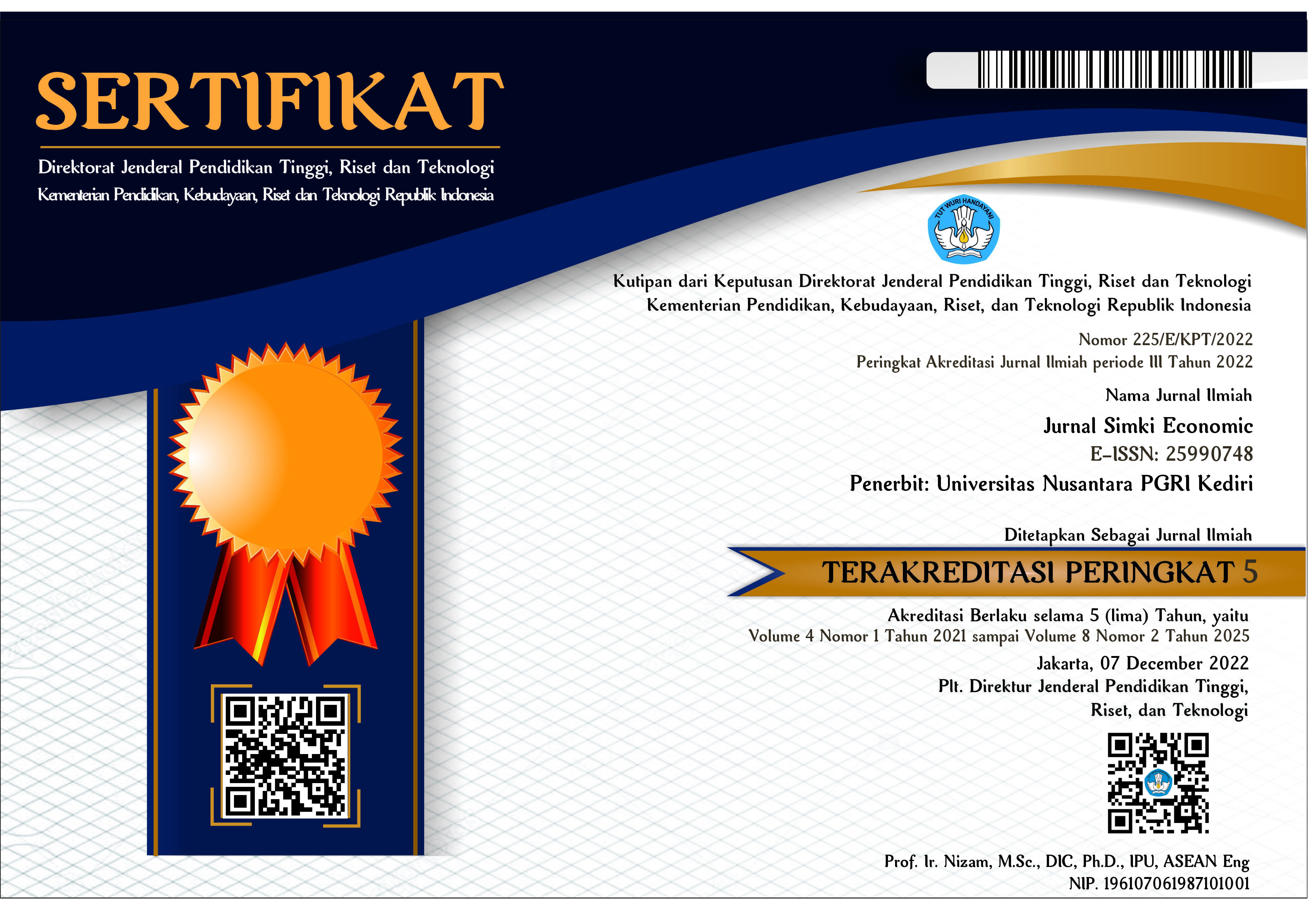Penerapan ISO 14001:2015 pada Institusi Pendidikan Pondok Pesantren
(Studi Kasus di Pondok Pesantren X Yogyakarta)
 Abstract views: 521
,
Abstract views: 521
,
 PDF (Bahasa Indonesia) downloads: 496
PDF (Bahasa Indonesia) downloads: 496
Abstract
As an educational institution with a high number of civitas and activities, activities at Islamic boarding schools have the potential to have a large impact on the environment. However, the term environmental management system is still not very popular within the Islamic boarding school environment. Through mixed descriptive analysis (qualitative-qualitative), this paper attempts to explain the gap between the implementation of an environmental management system at the Al Jauhar Islamic Boarding School and ISO 14001:2015. The results of this study indicate that the implementation of the environmental management system at the Al Jauhar Islamic Boarding School is still not optimal. This condition is indicated by the few criteria that comply with ISO 14001:2015. These findings suggest the importance of the involvement of the government and academics in providing an understanding regarding the importance of an environmental management system to be implemented in an educational institution with high activity such as Islamic boarding schools. The information conveyed regarding environmental management should not have implications for increasing the financial burden for Islamic boarding schools, but instead support increasing economic efficiency so that managers are willing to voluntarily implement ISO 14001:2015.
Downloads
References
Alfurqon, A. (2019). Perkembangan Pesantren dari Masa ke Masa. Hadharah - Jurnal Keislaman dan Peradaban, vol. 13 (1), 1-16.
Andersen, I., & Bams, D. (2022). Environmental management: An industry classification. Journal of Cleaner Production, vol. 344, 130853. DOI: 10.1016/j.jclepro.2022.130853
BSN. (2016). SNI ISO 14001:2015 Sistem manajemen lingkungan – Persyaratan dengan panduan penggunaan. Jakarta: Badan Standardisasi Nasional.
Darnall, N., Henriques, I., & Sadorsky, P. (2008). Do environmental management systems improve business performance in an international setting? Journal of International Management, vol. 14 (4), 364–376. DOI: 10.1016/j.intman.2007.09.006
de Oliveira, O. J., Serra, J. R., & Salgado, M. H. (2010). Does ISO 14001 work in Brazil?. Journal of Cleaner Production, vol. 18(18), 1797-1806. DOI: 10.1016/j.jclepro.2010.08.004
DEQ. (2017). Top 10 Elements in a Successful Environmental Management System. Toxics Use and Hazardous Waste Reduction. Oregon: Department of Environmental Quality, State of Oregon.
Harris, S. (2004). Drivers and Barriers to Industrial Ecology in the UK. Edinburgh: University of Edinburgh.
Kementerian Agama Republik Indonesia. (2019). Statistik Data Pondok Pesantren.https://ditpdpontren.kemenag.go.id/pdpp/statistik diakses pada 16 April 2022.
Klassen, R. D., & Mclaughlin, C. P. (1996). The impact of environmental management on firm performance. Management Science, vol. 42 (8), 1199–1214. DOI: 10.1287/mnsc.42.8.1199
Kuznets, S. (1955). Economic Growth and Income Inequality. The American Economic Review, vol. 45 (1), 1-28. http://www.jstor.org/stable/1811581
Mbohwa, C. & Fukada, S. (2002). ISO 14001 Certification in Zimbabwe: Experiences, Problems and Prospects. Corporate Environmental Strategy, vol. 9 (4), 427-436. DOI: 10.1016/S1066-7938(02)00124-0
Melnyk, S. A., Sroufe, R. P., & Calantone, R. (2003). Assessing the impact of environmental management systems on corporate and environmental performance. Journal of Operations Management, vol. 21, 329–351. DOI: 10.1016/S0272-6963(02)00109-2
Shihab, M. Q. (2012). Surah Al-A’raf, Surah Al-Anfal, Surah At-Taubah. Tafsir Al Mishbah – Pesan, Kesan, dan Keserasian al-Qur’an, vol. 1. Jakarta: Lentera Hati.
Song, H., Zhao, C., & Zeng, J. (2017). Can environmental management improve financial performance: an empirical study of A-shares listed companies in China. Journal of Cleaner Production, vol. 141, 1051–1056. DOI: 10.1016/j.jclepro.2016.09.105
Sulistyowati, L. (2021). Permasalahan dan Aspek Penting dalam Penerapan Sistem Manajemen Lingkungan. Sistem Manajemen Lingkungan. Tangerang Selatan: Universitas Terbuka.
Utomo, S. W., Sulistyowati, L., & Yulianto, G. (2021a). Teori dan Konsep Sistem Manajemen Lingkungan. Sistem Manajemen Lingkungan. Tangerang Selatan: Universitas Terbuka.
Wang, J. X. & Zhao, M. Z. (2020). Economic impacts of ISO 14001 certification in China and the moderating role of firm size and age. Journal of Cleaner Production, vol. 274, 123059. DOI: 10.1016/j.jclepro.2020.123059
WBCSD/World Business Council for Sustainable Development. (2006). Eco-efficiency learning module. Jenewa, Swiss: World Business Council for Sustainable Development.
Copyright (c) 2023 A. Hadian Pratama Hamzah, Abdul Hamid, Nurhasanah

This work is licensed under a Creative Commons Attribution 4.0 International License.














